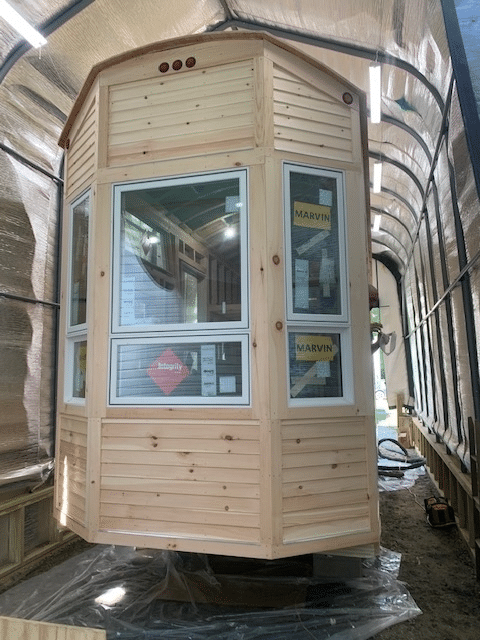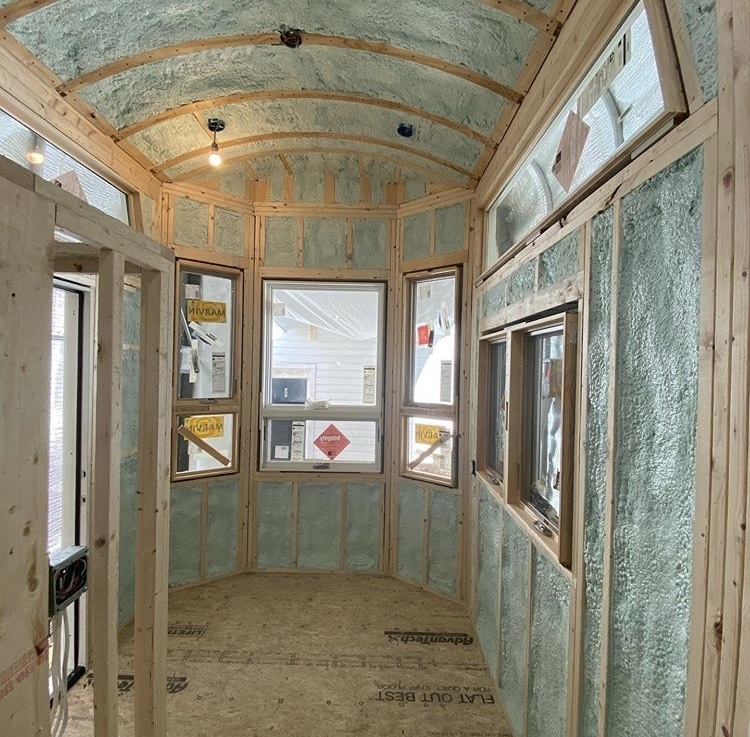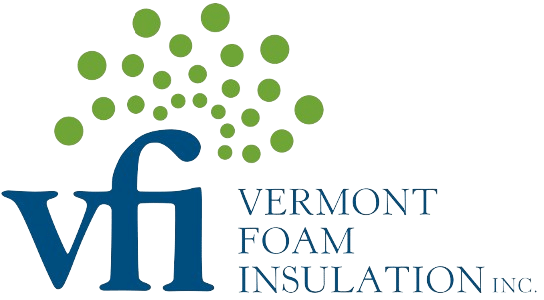
Tiny homes have risen in popularity in recent years, alongside a surge in minimalist philosophies, the Marie Kondo Method, and Keto diets. If you live in Vermont or New Hampshire and have been considering building your own tiny home, you may be wondering how you can best keep your tiny home comfortable throughout our region’s humid summers and snow-laden, freezing winters.
Insulation is a homeowner’s best friend — so what is the best insulation to use in your tiny house? Here are our suggestions for how to approach your tiny home insulation, and the pros that come with each insulation material.
Choosing the Right Tiny House Insulation
If you are not quite up to speed on the importance of insulation, you can read up on where insulation is most needed, and how it helps homes (tiny or “regular sized”) maintain stable, comfortable temperatures all year round in a recent blog post here.
But back to choosing the right insulation for your own tiny home project: of course the exact right material for you will depend on your home comfort needs and personal preferences. So let’s get into the different types of insulation we install (all hand picked for the New England climate), as well as the benefits and drawbacks of each.
Spray Foam Insulation for Tiny Houses

Spray foam insulation is an expanding material that is installed via a specialized hose in soft liquid form, that expands to fully fill the space it is installed in and hardens to provide maximum resistance to heat transfer. The biggest benefit to spray foam insulation is that it expands to fill any existing air holes or gaps. This increases the effectiveness of insulation, and we often use small amounts of spray foam insulation in addition to other primary insulation materials in a process called air sealing.
Rockwool Insulation for Tiny Houses
Rockwool is a specific brand of mineral wool insulation that is composed of molten rock material that has been spun together in batt form. Rockwool insulation is particularly useful in tiny homes where sound deadening will be important. If you’re looking to make your home quieter and reduce the amount of ambient noise coming from outside, Rockwool or another brand of mineral wool insulation is a great choice.
Fiberglass Insulation for Tiny Houses
You may recognize fiberglass batt insulation as the pink or yellow stuff that comes out with your drill bit when you are drilling into your interior walls, or as the insulation you’re likely to see in the attic or crawlspace of older Vermont and New Hampshire homes. This is an affordable insulation material that offers sufficient protection and sound deadening qualities for your house.
Ready to Insulate Your Tiny Home? Call Vermont Foam!
When you choose the right insulation contractor to pair you with the right insulation material, and install it correctly, you’ll feel huge benefits in your tiny home, such as:
-
Fewer indoor drafts
-
Stable indoor temperatures
-
Less need to run your heating and cooling equipment
-
Reduced noise pollution
-
Lower energy costs
Get in touch with our team of insulation experts today, and ask how we can help turn your tiny home into a haven of quiet comfort!








